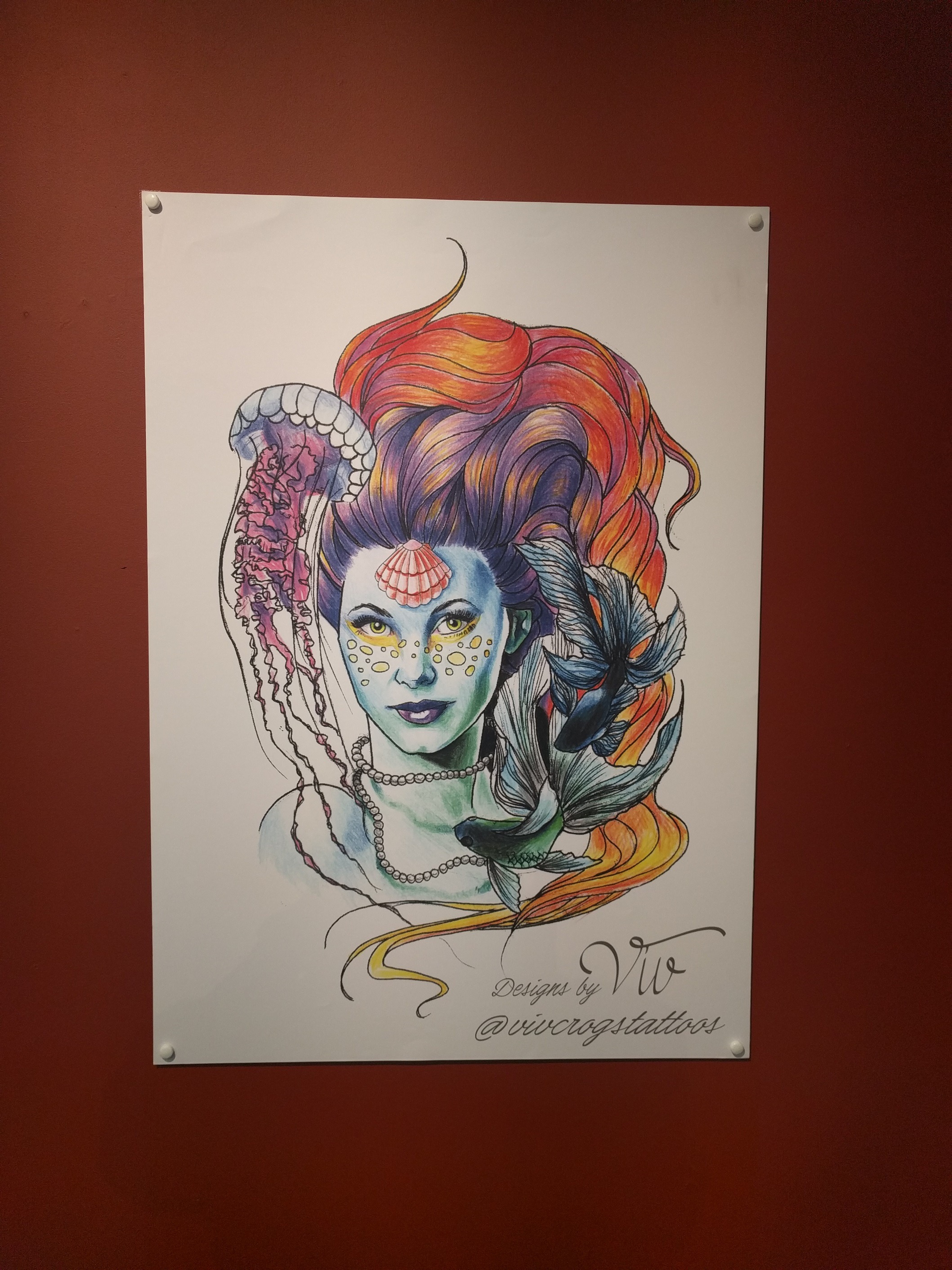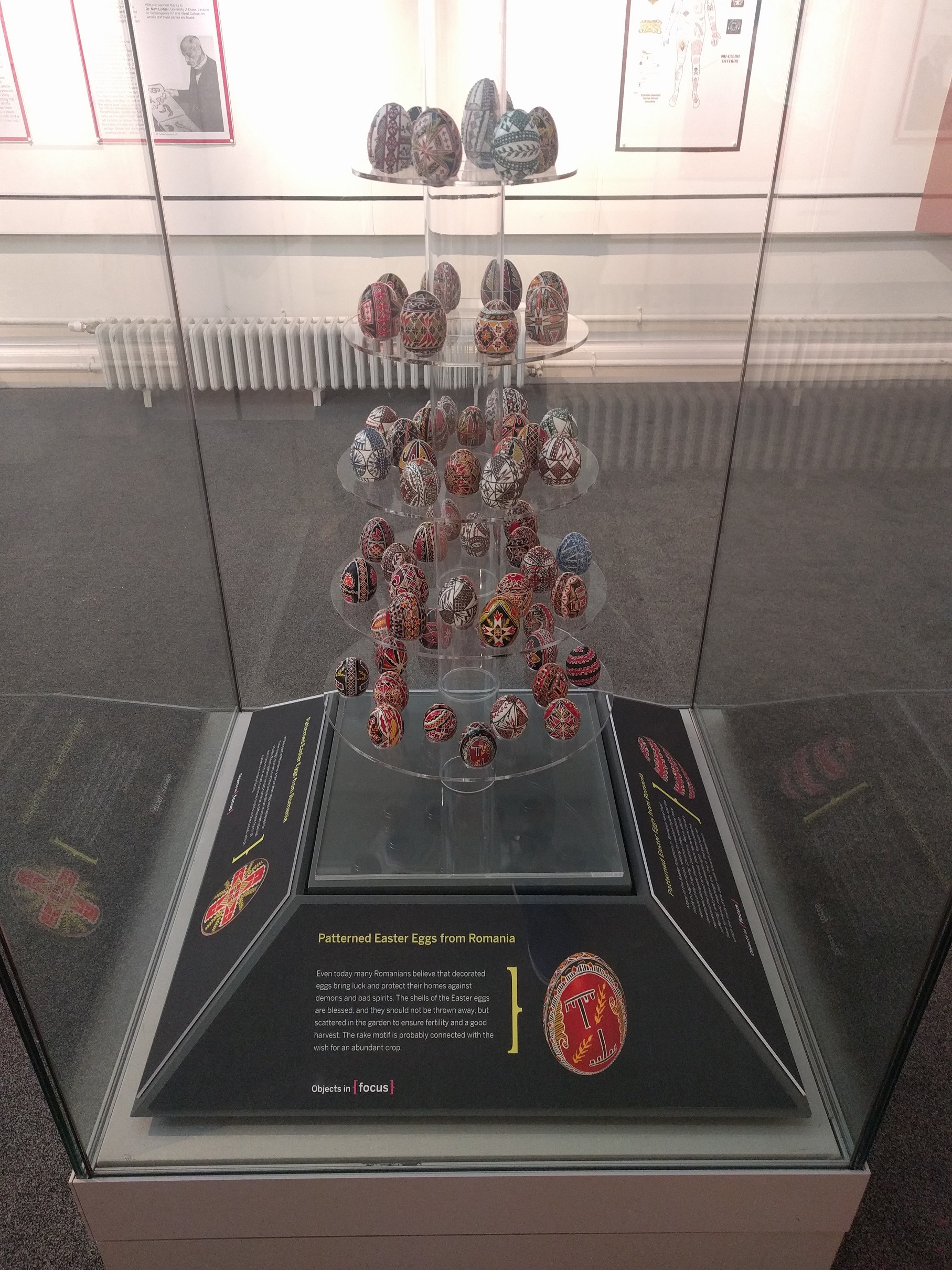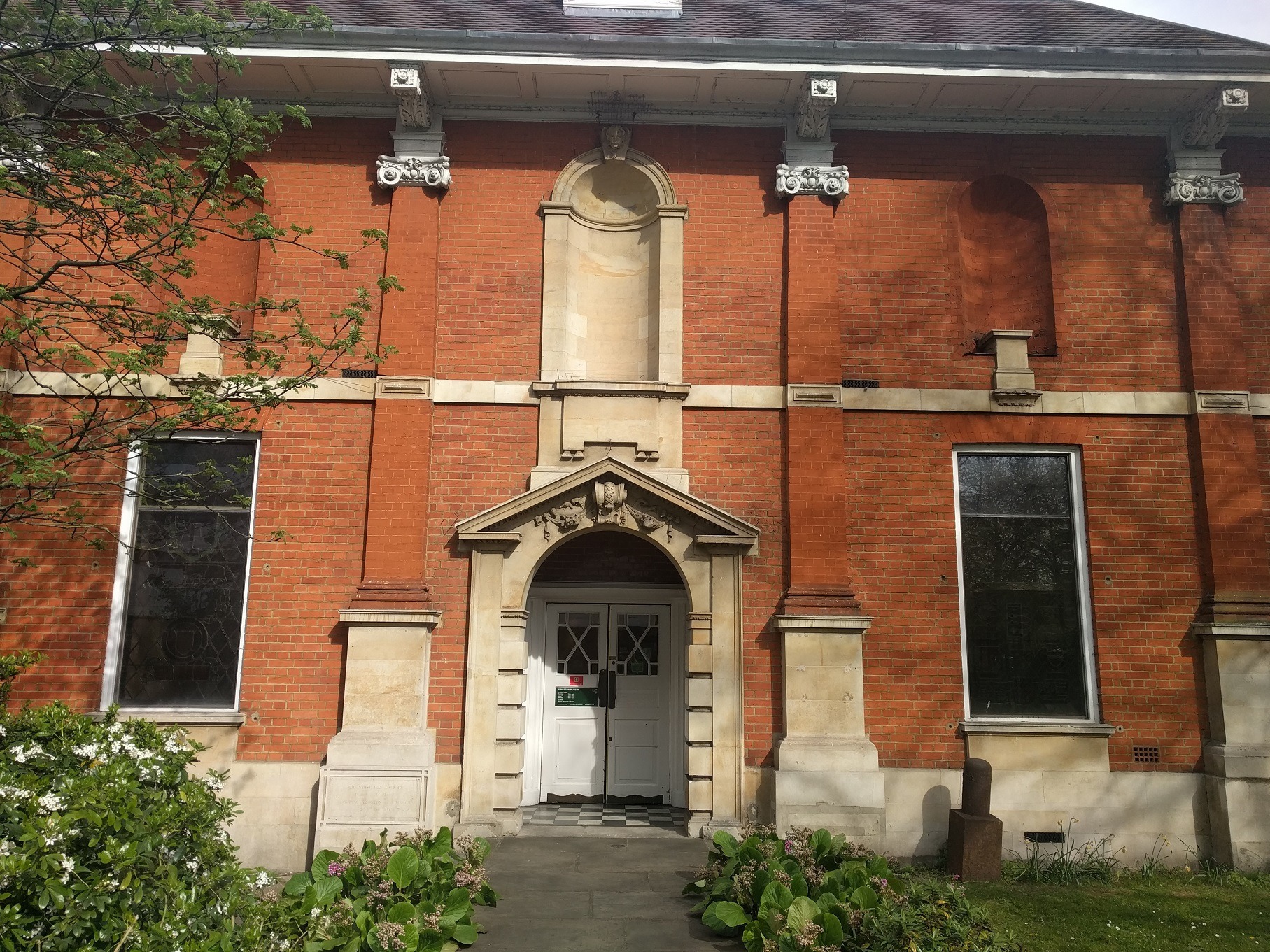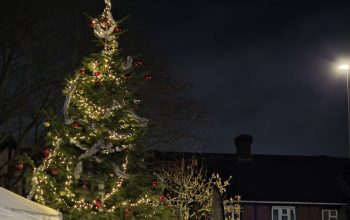
A recent exhibition at Kingston Museum has offered historical insight into the art of tattooing.
The exhibition has been open for six weeks, from March 3 to April 15 . The exhibits for it were supplied by young people interested in the art of tattooing, like David Hadland, a photography student at Kingston University and a variety of tattoo studios around Kingston. The exhibition also showcased Romanian Patterned Easter Eggs, brought in from the Horniman Museum in London, as it was held around Easter.
The exhibition aims to test the perception of tattooing in the borough, but also has a historical aspect to it. It tells the story of how and why the art of tattooing developed, focusing on the the path it took in Kingston. As such particular attention is given to Sutherland McDonald – who is considered to be the father of tattooing in England. McDonald was also a trailblazer in setting up tattoo studios, opening the first of a kind in the late 1880s/early 1890s in Surbiton.

Chiara Russo, Outreach and Education Officer at Kingston Museum, said:
“The beginning of the exhibition is about the history of tattooing in general and then the history of tattooing relevant to our borough. The latter bit focuses in particular on Sutherland McDonald – the first professional tattooist in the area. He was a good one too: he tattooed people from the Royal Family like George V, and he also tattooed Tsar Nicholas.
“The second part of the exhibition focuses on the art of tattooing in the borough now, which shows the current practice of tattoo studios around Kingston, so there’s a big historical element in the exhibition.”
It was the historical aspect that some visitors found particularly illuminating. Simon Baker, a local resident, said:
“It was very interesting to look at history of tattooing and find out about its widespread use in the 19th century. It was quite an elevated art form at the time you wouldn’t normally expect it to be.
“I think it is important to provide historical context, because a lot of the time people seem to forget about the history of tattoos and its place as an art form. And then of course it’s refreshing to hear nice little stories like how Winston Churchill’s mother had a tattoo.”
Another visitor, Rachel Sweeney, echoed that argument:
“It was interesting to learn that tattooing has such a long history. It is obviously very popular now, but also has deep roots through the centuries.”





